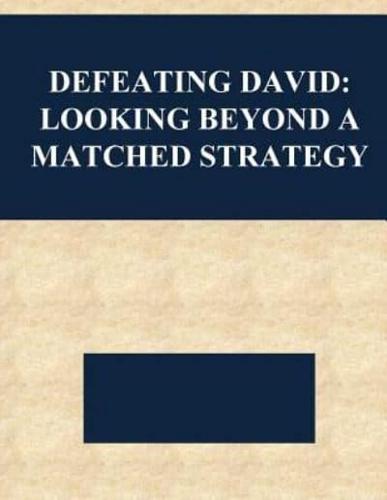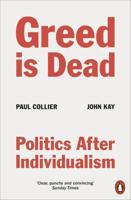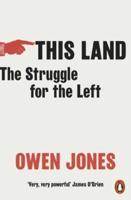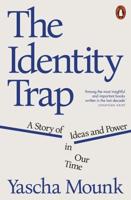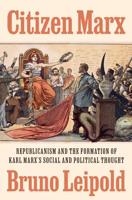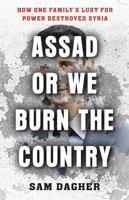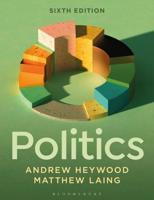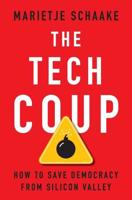Publisher's Synopsis
This thesis builds upon existing contemporary theories that attempt to explain the outcomes of asymmetric conflict. Specifically, this thesis uses Ivan Arreguin-Toft's Strategic Interaction Theory as a baseline to identify theoretical gaps that can not only help further explain asymmetric conflict outcomes, but also provide insight into developing the proper strategy for strong actors. Arreguin-Toft contends that when the strong actor employs the correct strategy then it will win over 75 percent of conflicts against a materially weaker adversary. This leads to a fundamental question: if the strong actor uses the correct strategy against a weaker opponent, then why do strong actors still lose nearly 25 percent of the time? In an effort to identify other key variables that help explain non-conventional war outcomes, this thesis evaluates case studies where the strong actor both won and lost an asymmetric conflict after choosing the correct strategy. This study finds two other factors that are important to achieving victory in an asymmetric conflict. First, the strong actor must have a viable indigenous political authority to work by, with and through. This concept has little to do with political legitimacy. Instead, it focuses on the capacity of the host nation, with strong actor assistance, to synchronize its military and political effort to defeat the insurgency. Second, the strong actor must not only use restraint in applying direct military power, but it must also use the correct force: a cadre that is trained in conducting irregular warfare. As such, this thesis' conclusions are aligned with the belief that it is the host nation's war to win or lose-adhering to this principle provides the strong actor with the best chance of "defeating David" before losing its political will.
